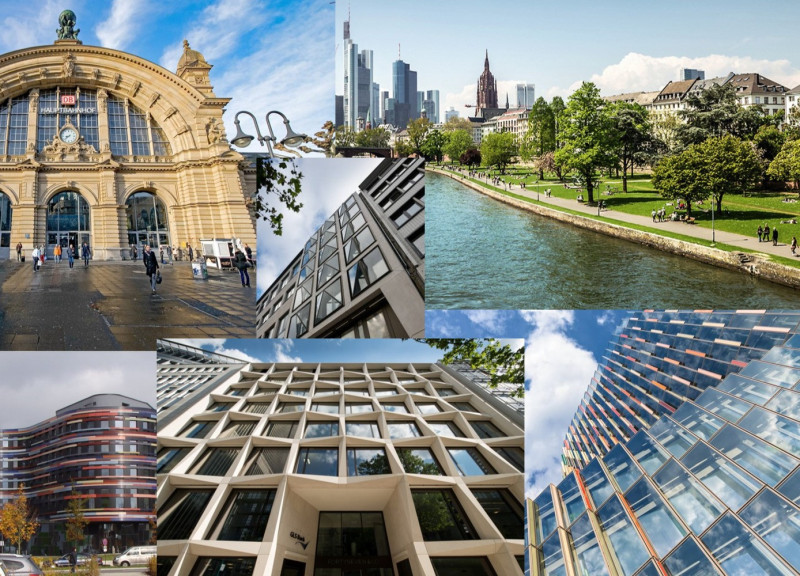5 key facts about this project
The design titled "Vertical Cities" is located in Frankfurt am Main, where it presents a modern take on urban living by combining residential and commercial spaces in a tall building. The aim is to tackle the challenges of city life by focusing on vertical design, which promotes interaction within the space. This project emphasizes the importance of organizing different aspects of life into a cohesive structure.
Conceptual Framework
Vertical Cities arises from the need to connect various elements of urban life. By utilizing height in its design, the project allows for a mix of apartments and essential public services in one location. This strategy not only utilizes the available space efficiently but also enhances the overall experience of living in a busy city.
Cubes as District Representations
The design incorporates several cubes, each symbolizing a different area of Frankfurt. This modular approach reflects the city's complexity and diversity. Each cube has a unique facade that represents the characteristics of its district, such as how the city center is depicted with various cultural influences, while the Sachsenhausen cube features a design inspired by the flowing Main River, creating a visual connection to its surroundings.
Facade and Interior Harmony
The use of glass in the building's facade helps create a link between the interior spaces and the city outside. This choice lets in natural light, making the inside feel open and inviting. Additionally, the residential units are planned to become more luxurious as they rise, creating a hierarchy within the structure that enhances the experience of living there.
Multifunctional Ecosystem
Integrating different functions within the building cultivates an environment where residential, commercial, and social life can coexist. This mix encourages interaction among residents and contributes to a sense of community. The design reflects an awareness of contemporary urban needs, showcasing how high-density living can be achieved while still promoting engagement among its users.
Details within the design highlight the building's upward movement, as unique facade elements reach toward the sky. This not only symbolizes growth but also reflects Frankfurt’s vibrant architectural character.



















































